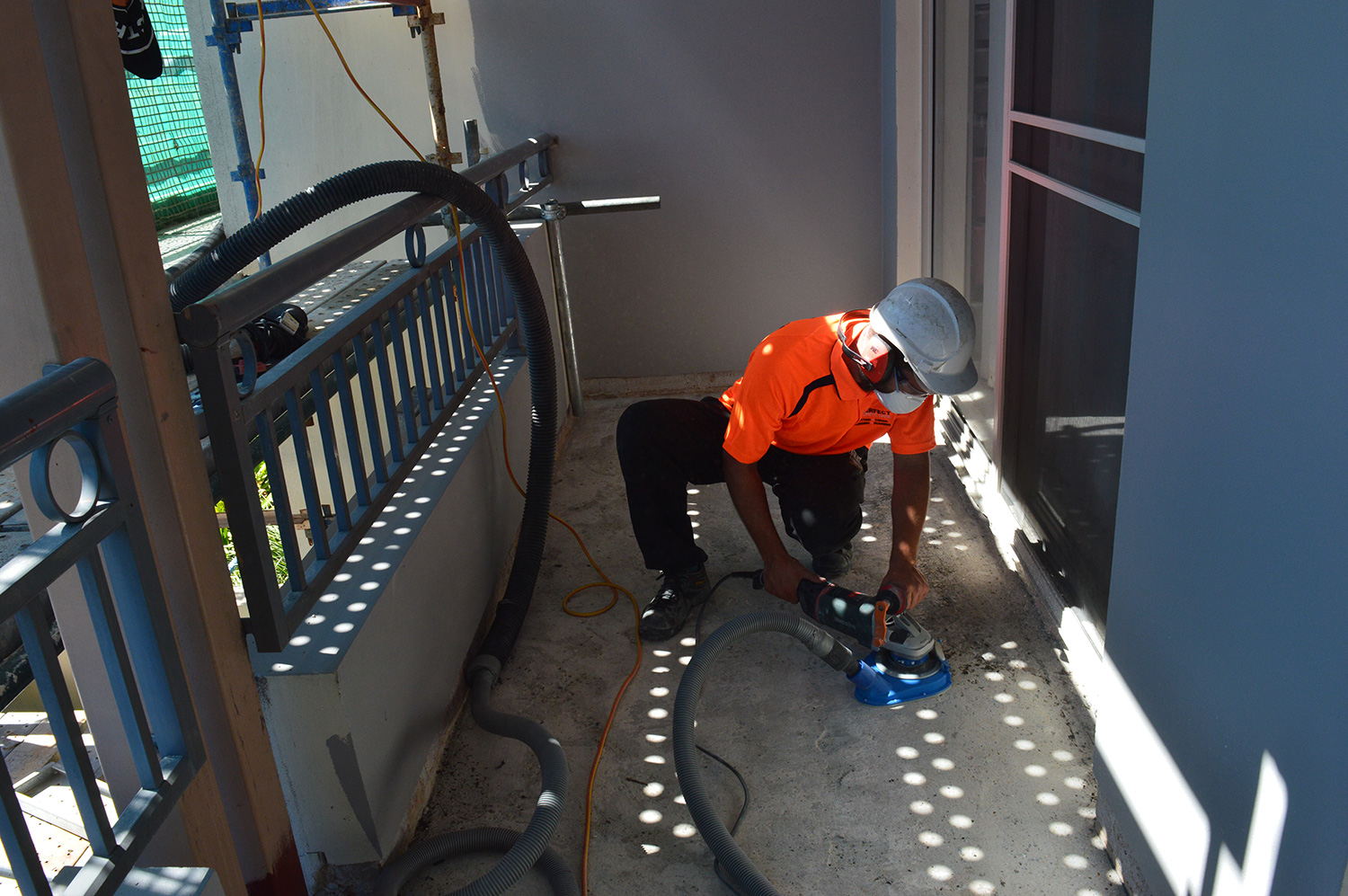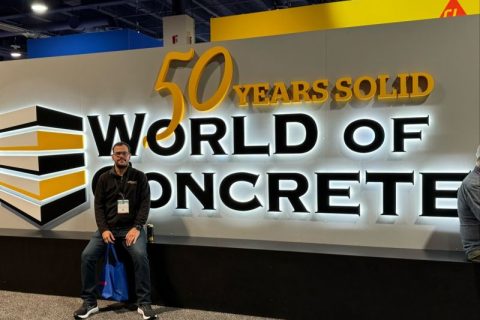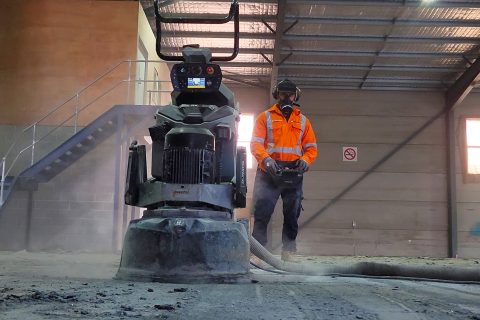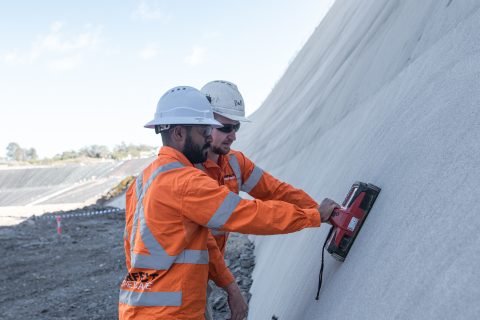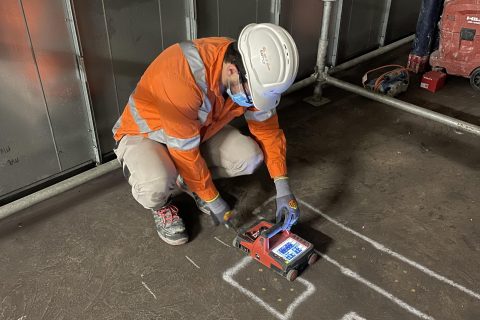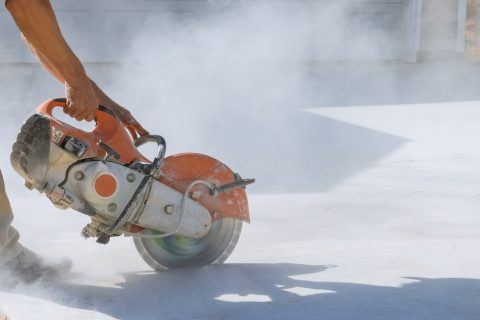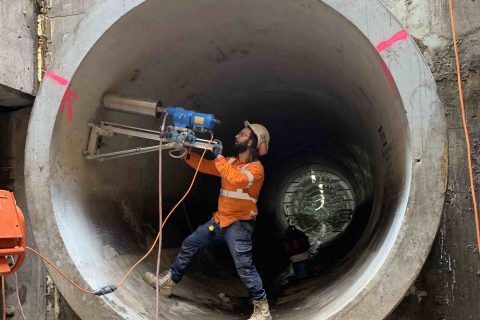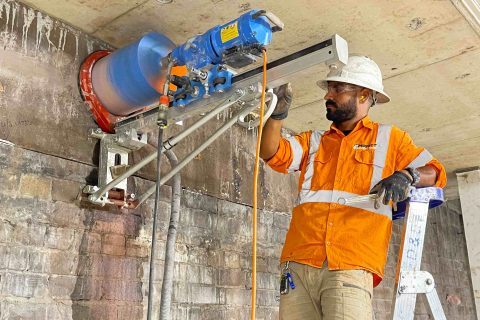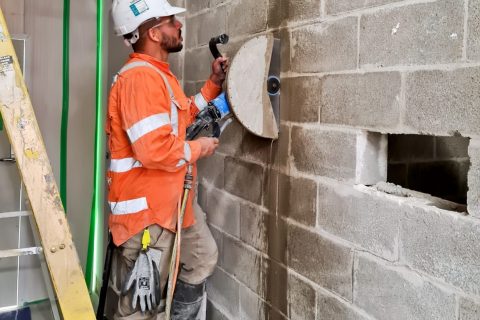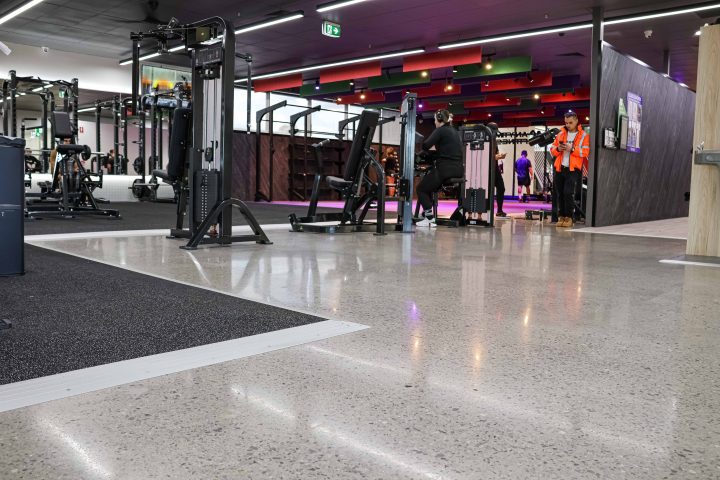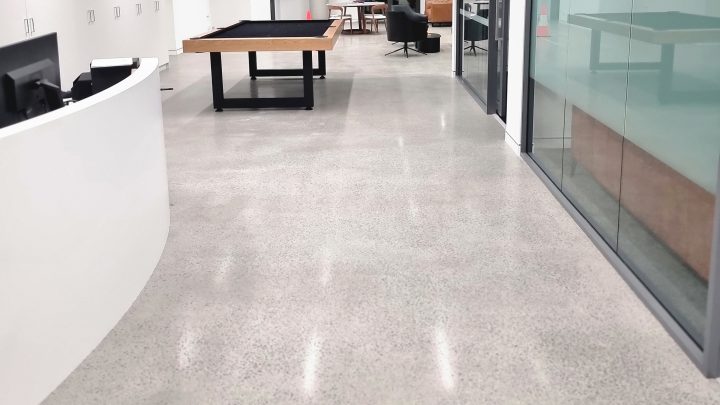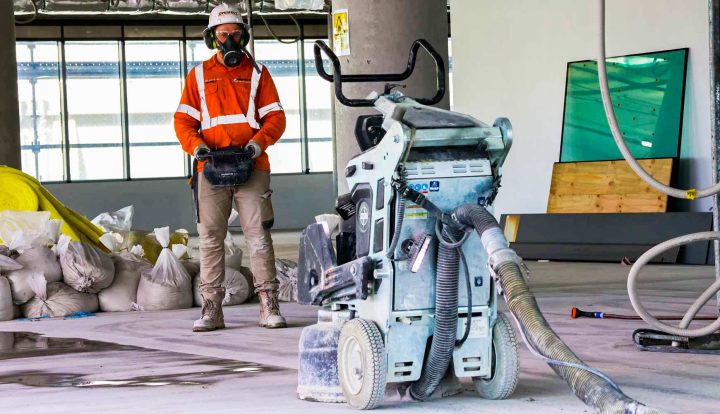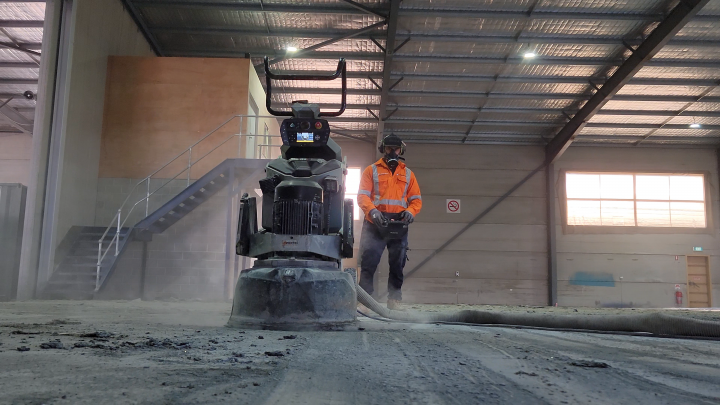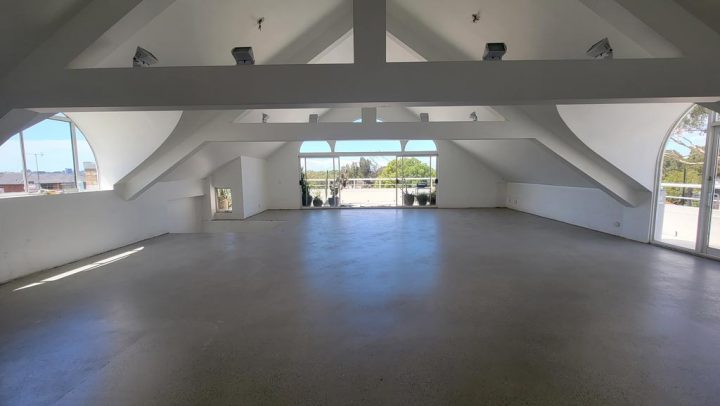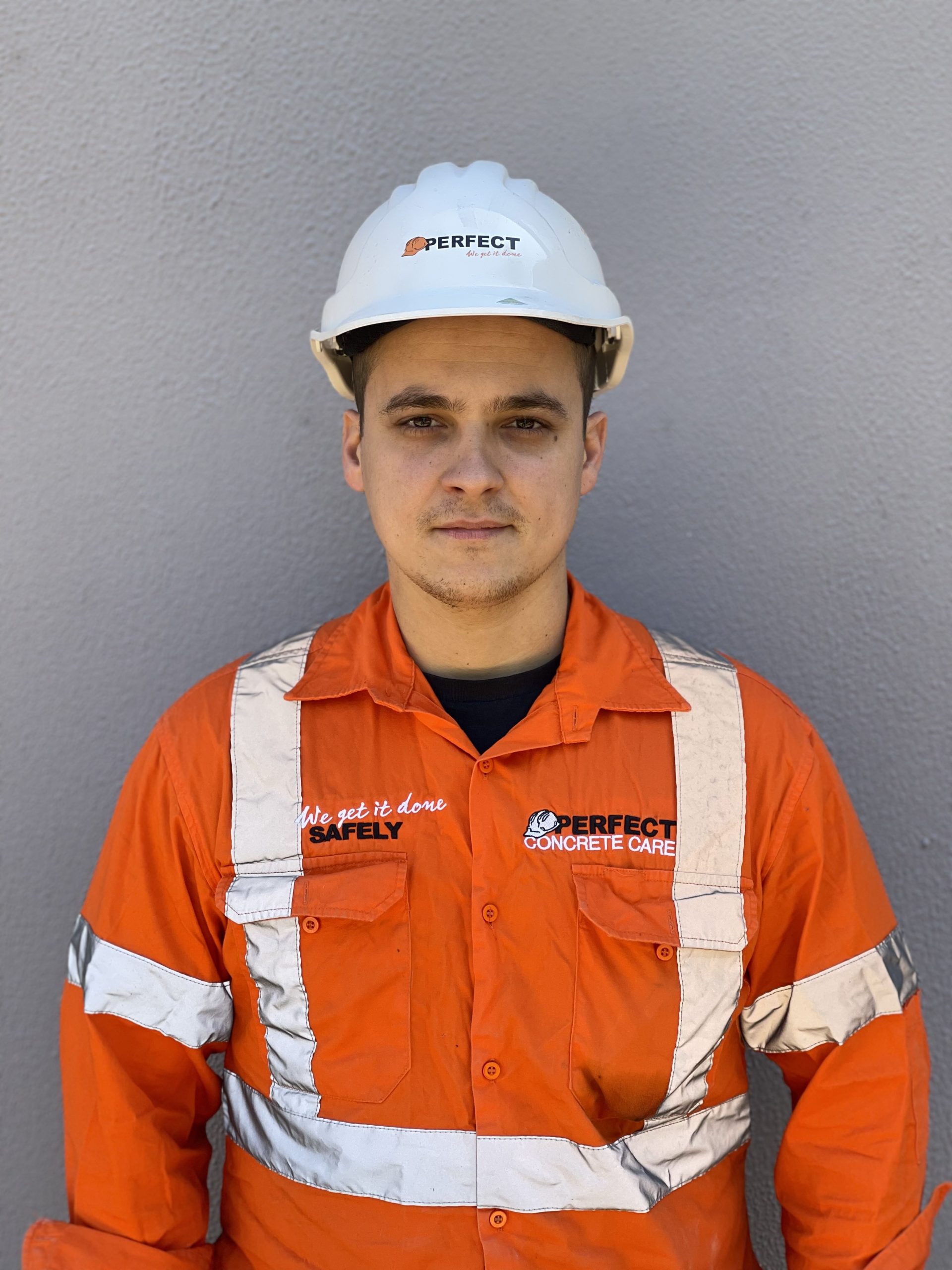by Daniel Green
Other than paint, new floor coverings are one of the most visibly impactful property changes you can make. Bang-for-buck they are an excellent investment and should be high on any remediation, refurbishment or renovation list.
Unfortunately, the existing floor coverings are usually still in place. Are they easy to remove? If luck is on your side. In truth floor coverings are often very stubborn. Carpet, vinyl and tiles are designed to remain steadfast for decades on end, so unless you’re a professional with professional gear – lifting existing floor coverings might be a task best left for someone else.
Carpet
Plush new carpet underfoot really is for kings. Soft, plump carpeting however is the result of good materials, good underlay and most importantly – good preparation. This means a whistle clean base on which to lay – which means full and total removal of any previous materias. Remember the Princess and the Pea? That’s what remnants of underlay or adhesive will do to your fresh new carpet.
To prevent it from moving underfoot the underlay is held in place with adhesive. And because the adhesive is designed to hold fast for many years it can be extremely difficult to remove. One comparison is that it’s like trying to peel off a brittle, sun damaged registration sticker – it happens a millimetre at a time.
A floor covering removal expert has the equipment and experience to quickly and easily bring the property back to base. Depending on the age, stubbornness and type of glue, they will use high-end machinery and attachments. The process is mechanical, meaning it uses machinery as opposed to chemical or other forces. Types of equipment includes rotary floor grinders, hand grinders or adhesive removal attachments for jackhammers. The process can be quite dusty but a professional floor grinder will have dust extraction and filtration as part of their setup.
Tiles
Having a squeaky clean sub base prior to new material is as vital for tiling as it is for carpet. Tiles float on a layer of bedding adhesive until that adhesive cures and hardens. Having a stray piece of existing bedding above the height of your new bedding would ruin your beautiful new floor.
Removing tiles is a tough but straightforward process. With a spade attachment on a medium sized jackhammer such as a Hilti 1000, picking up tiles happens fairly quickly. It’s the adhesive that’s time consuming.
As the base material will almost always be concrete, its hardiness means the job can be attacked with some gusto. However the sheer effort it takes to hold a jackhammer at the optimum angle to not damage the slab is hefty. A small area might be manageable for the home/commercial renovator but anything larger than a few square metres should be left to professionals.
Vinyl
Whilst less common in residential settings than it once was, vinyl is still at home in commercial environments. Especially in older buildings. One disadvantage of vinyl is that it’s often laid directly over whatever was already there: concrete, tiles, timber floors – even other vinyl. Determining what lies underneath factors into its removal.
If the vinyl is relatively new it should come up easily and leave only traces of adhesive. This can be scraped up with a spatula like attachment on a small or medium jackhammer. If however the vinyl is much older then the glue will have hardened, and the vinyl likely won’t come up without mechanical removal. There’s a strong chance it will need to be removed with a jackhammer and all likelihood pointing to it only coming up in strips only as wide as your attachment. Essentially it will be relieved of its adhesion inch by inch.
If it’s on top of hardwood floors then the fate of the timber will need to be determined. If restoring the wood is the aim then the best approach is to remove as much vinyl as possible, then grind the adhesive with a rotary floor grinder. Note: this is not a standard 5” angle grinder with a masonry disc. It is a specialised piece of equipment solely for this task. It is a very delicate job that requires hours of patience. One slip can see the floor permanently gouged. Alternatively, chemical removal might be best although this may damage the timber.
If there’s tiles underneath – which is rare – then like the timber the fate of the tiles will need to be chosen. Keep in mind that differing floor heights are key when it comes to safety.
Floating Timber Floors
The best way to think of these is as super thin, interlocking timber tiles. Made from engineered wood, floating timber floors are also kept in place with an adhesive. Like all glues designed to keep materials in place for long periods of time they can be difficult to remove. One advantage here is that more often than not they’re laid directly on concrete slabs so the same Hilti 1000 can be used to pick them up. The disadvantage of course is the energy expenditure to maintain the optimum blade angle for long periods of time. Areas larger than a few square metres calls for a seasoned professional.
Topping Slabs
These are as the name suggests – slabs that are poured on top [of existing slabs]. They’re used where demolition and repouring isn’t a viable option, mostly to bring damaged concrete back to spec. For them to have any strength they must be at least 50mm thick. Removal needs to be treated as regular concrete, so breaking out is a must. Once down to the original slab a rotary grinder can be used to obtain the correct finish.
Self-levelling floors
These are similar to topping slabs in their use but different in their constitution. Topping slabs are concrete whereas these are a two part epoxy that is mixed, poured into the low areas, worked with a special spatula and then allowed to cure. As the name suggests it levels itself – unlike concrete.
Removal of these products are more difficult than topping slabs due to the sheer hardness of self-levelling materials. However there is no way around it – it must be broken out.
Hazmat concerns
Reducing anything to dust will create airborne particles, with many small enough to enter the bloodstream via the lungs.
Masonry products create silica dust. This has been touted as the next asbestos in terms of its ability to permanently damage the patient’s ability to metabolise oxygen. Silicosis and asbestosis are expected side effects.
Adhesives such as carpet and vinyl glues often contain formaldehyde. In use for decades, this preservation agent causes numerous health risks and is swiftly becoming banned across the globe. In extreme cases it can cause cancer.
Some adhesives contain asbestos. Known as ‘mastics’, asbestos was added to these products for its fireproofing properties. Vinyl flooring adhesive found in older construction will almost certainly contains asbestos. Its age means it will have hardened and will need to be ground down for removal. This risk here then becomes complicated in that the grinding process makes it friable. Hazmat removal regulations demand;
- a ticketed hazmat removal team qualified and experienced in friable asbestos
- an airtight bubble around the entire job to prevent friable material leaving the job site
- encapsulation of any and all material
- air monitoring to ensure safe levels are met
- proper [read: expensive] dumping of asbestos materials
Tipping
They may seem inert, but to a tipping facility some of these floor coverings are extremely painful and difficult to dispose of.
Due to its fibrous, hardy construction, carpet cannot be chewed up by traditional waste facilities. It jams machines and causes huge delays. This means tipping carpet is a wildly expensive proposition.
Tiles are best tipped at a masonry recycling facility. Thanks to their density and weight, tipping them at a regular tip isn’t cost effective. Then again tipping them at a specialised masonry recycling tip isn’t assured because often you will need an account. Also, the tiling has to be ‘clean’. Rubbish isn’t rubble. Rubble is rubble.
Vinyl falls near the carpet category. Even though its a glorified plastic, it gives hell to the machinery rendering it difficult to work with.
Floating timber floors are easily disposed of at your regular tip.
Topping slabs fall into the tiling category as the material can sometimes resemble bedding. Masonry recycling facilities are your most cost effective option – if you have an account.
Self levelling floors are often rejected by masonry recyclers due to its chemical composition. This heavy, dense material needs to be disposed of at traditional tips.
There is only one facility in Sydney that takes asbestos and that’s Bingo at Eastern Creek. To tip there requires an asbestos removal licence, an EPA tracking number [you must contact the EPA and instruct them about the type of asbestos, quantity, location and other details] and $5000 a tonne.
In conclusion
Removing floor coverings can be straightforward, though in most examples its not. Specialised equipment, extreme bodily strain and buckets of time means a professional is probably the best option. For help removing your stubborn carpet, tiles, epoxy floors and vinyl – contact Perfect Concrete Care.
We Get Floor Coverings Undone.

